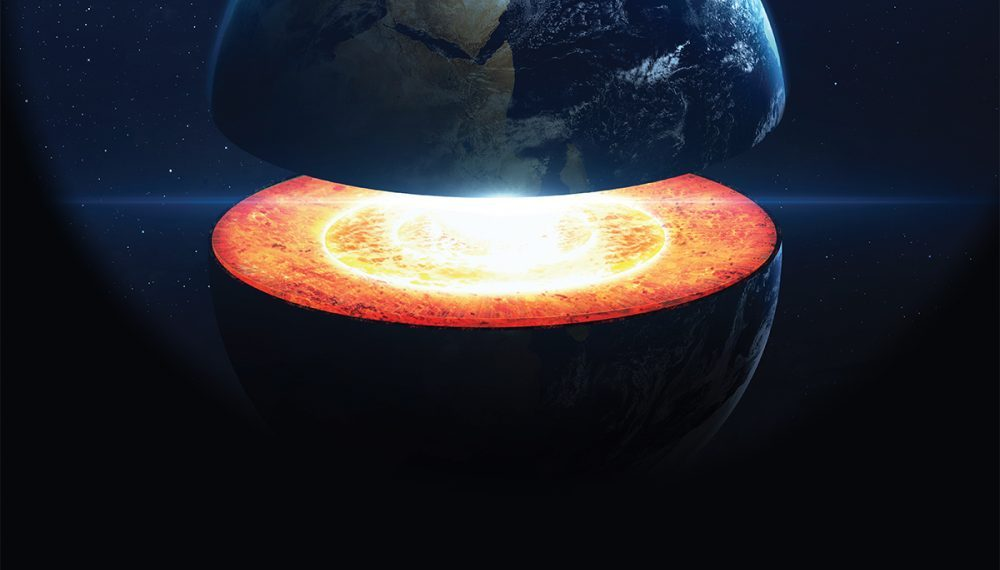Deep within Earth’s complex rhythms lies a subtle, yet persistent phenomenon that has intrigued scientists for decades: a faint seismic pulse occurring every 26 seconds. This enigmatic “heartbeat” of our planet, first documented in the early 1960s, continues to elude definitive explanation, sparking curiosity and debate among geophysicists.
The initial discovery of this microseism is credited to geologist Jack Oliver, who, during his tenure at the Lamont-Doherty Geological Observatory, identified a consistent seismic signal emanating from the southern or equatorial Atlantic Ocean. Notably, this pulse exhibited increased strength during the Northern Hemisphere’s summer months. However, the technological constraints of that era limited further exploration into its origins.

Advancements in seismology have since allowed researchers to pinpoint the source of this rhythmic tremor more accurately. A significant breakthrough came in 2013 when Garrett Euler, presenting at the Seismological Society of America conference, localized the pulse’s origin to the Bight of Bonny in the Gulf of Guinea. Euler proposed that ocean waves interacting with the continental shelf in this region could be generating the seismic signals. As waves traverse the ocean and encounter the shallower continental shelf, the resulting pressure differences might deform the ocean floor, producing detectable seismic pulses.
Contrasting this wave-induced hypothesis, another perspective emerged from Yingjie Xia of the Institute of Geodesy and Geophysics in Wuhan. Xia suggested that volcanic activity could be the culprit, pointing to the proximity of the pulse’s origin to the volcanic island of São Tomé in the Bight of Bonny. This theory draws parallels to similar microseisms observed near Japan’s Aso Volcano, where volcanic processes are known to generate consistent seismic signals.
Despite these insights, a consensus remains elusive. The persistent nature of the 26-second pulse, coupled with its consistent location and duration spanning over six decades, suggests a stable and ongoing source. Some researchers have proposed that the phenomenon might be linked to fluid dynamics within subterranean fractures beneath the seafloor, where fluid movements through sedimentary layers could induce regular tremors.

The regularity and longevity of this seismic pulse underscore the complexity of Earth’s internal processes and highlight the limitations of current geophysical understanding. While the pulse poses no known threat, its study offers a unique window into the dynamic interactions between oceanic forces, geological structures, and possibly volcanic activity.
As technological advancements continue to enhance our observational capabilities, future research may unravel the precise mechanisms behind this persistent seismic rhythm. Until then, Earth’s 26-second heartbeat remains a captivating reminder of the planet’s many mysteries awaiting discovery.
